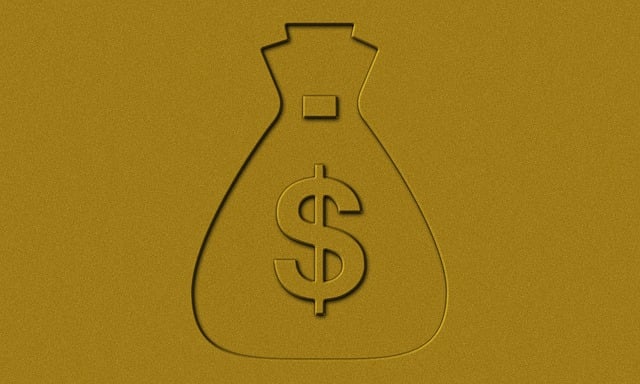The Blue Book value, or Kelley Blue Book (KBB) assessment, is a crucial benchmark in the automotive industry, guiding negotiations for car owners considering funding options like Dallas title loans. It offers a fair reference point for buyers and sellers. Borrowers can use this value to determine loan amounts for collateralized loans, such as trade-ins. While trade-in offers for car title loans may differ from KBB values due to mileage and features, they provide fast cash with minimal sales process. Strategic planning by researching market trends enables better negotiations, while using car title loans to pay off debts can improve Blue Book value and secure more favorable trade-in or sale terms.
When selling your car, understanding the difference between Blue Book value and trade-in offers is crucial. While the former represents a vehicle’s estimated worth based on market trends and conditions, the latter involves an exchange between you and a dealer. In this article, we’ll explore how these two approaches differ and provide strategies to maximize your return when considering a car title loan using Blue Book value as a reference.
- Understanding Blue Book Value: What It Means for Your Car
- Trade-In Offers: How They Differ and Impact Your Sale
- Strategies to Maximize Your Return When Comparing the Two
Understanding Blue Book Value: What It Means for Your Car

The Blue Book value, officially known as Kelley Blue Book (KBB) value, is a widely recognized and trusted tool in the automotive industry. It refers to the estimated worth of a vehicle based on its make, model, age, condition, and market demand. For car owners looking for quick funding or considering debt consolidation options, understanding this value is crucial. When you approach lenders, such as those offering Dallas title loans, with an accurate assessment of your car’s Blue Book value, it can significantly impact the negotiation process.
This value serves as a benchmark for both buyers and sellers, ensuring fair transactions. For borrowers looking to secure a loan using their vehicle as collateral, knowing the precise Blue Book value allows them to gauge how much they can borrow. It provides a clear picture of the asset’s worth, enabling owners to make informed decisions regarding trade-in offers and financing options, be it through traditional car dealerships or alternative lenders like those offering quick funding solutions.
Trade-In Offers: How They Differ and Impact Your Sale

Trade-in offers can significantly impact your sale when considering a car title loan or evaluating blue book value. These offers differ from traditional sales in that they often involve a credit check and negotiation, aiming to provide fast cash for your vehicle. While it’s an attractive option for those needing emergency funds, the trade-in process may not always align with the current market value as indicated by the blue book.
Dealers typically appraise your car based on its make, model, year, condition, and market demand. This appraisal can differ from the blue book value, which is an industry standard for used car prices. A trade-in offer might be lower than expected due to factors like mileage or specific features, but it offers the advantage of convenience and immediate access to emergency funds without a lengthy sales process.
Strategies to Maximize Your Return When Comparing the Two

When comparing Blue Book Value to trade-in offers, strategic planning can maximize your return on car sales. One effective approach is to research and understand market trends for your specific vehicle make and model. This knowledge allows you to negotiate better deals, ensuring you get a fair price that aligns with your car’s actual worth. Additionally, consider the condition of your vehicle; minor repairs or upgrades can significantly impact its value, making it more attractive to buyers or lenders like Dallas Title Loans.
Another strategy is to consider a loan payoff using quick funding options available through title loans. This method allows you to access immediate funds by leveraging your car’s equity. By paying off outstanding loans, you can then negotiate with buyers or trade-in centers based on the improved Blue Book value, potentially increasing your overall return. This strategic approach to financing and sales can be a game-changer when trying to maximize profits from your vehicle’s resale.
When comparing Blue Book value to trade-in offers, it’s crucial to understand both assess a vehicle’s worth differently. While Blue Book provides an unbiased estimate based on market trends, trade-in offers are influenced by dealer policies and immediate need for inventory. To maximize your return, appraise your car’s condition, research current market values, and consider negotiating trade-in offers higher than the Blue Book value. This strategic approach ensures you get the best possible deal when selling your vehicle.






